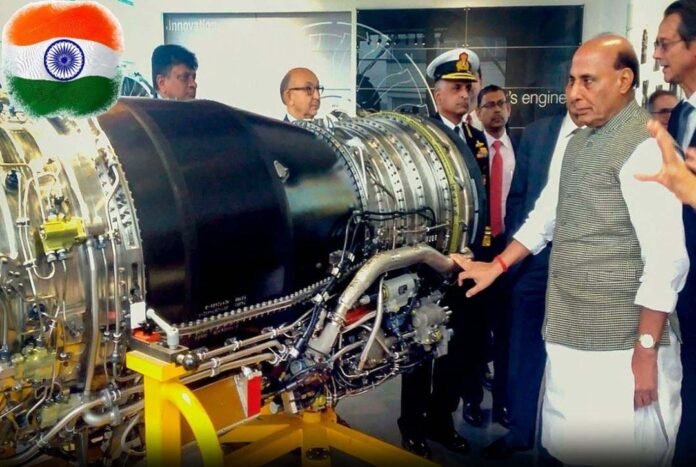New Delhi. French aerospace leader Safran is preparing to expand its network of Indian suppliers from 25 to more than 40 by FY26, according to Marjolaine Grange, Executive Vice-President – Global Purchasing. The move is part of Safran’s ongoing strategy to strengthen its integration into India’s burgeoning aerospace manufacturing ecosystem under the Government’s ‘Make in India’ framework.
Safran’s sourcing expansion reflects its confidence in India’s growing industrial capabilities, especially in precision manufacturing and materials engineering. The company already operates multiple facilities in India, including those for engine components and avionics systems, and has progressively increased its collaboration with Indian vendors since first onboarding a local supplier in 2004. Over the past two years, procurement from Indian sources has doubled, and according to Grange, this trajectory is expected to persist.
The company anticipates another doubling in procurement by 2027 and a further rise by 2030—underscoring India’s growing role in Safran’s global value chain. This acceleration is aimed at creating a more resilient, cost-effective, and technologically competitive supply network.
Currently, Safran’s Indian supplier base is concentrated in machining and associated commodities. The next phase of its localisation strategy will target key upstream manufacturing sectors, particularly raw materials, casting, and forging. These capabilities are essential for reducing external dependencies and enhancing the integration of Indian industry into high-precision aerospace production.
Safran’s selection process for suppliers, Grange noted, is deliberately rigorous. Preference is given to firms that consistently demonstrate excellence in delivery, quality assurance, and innovation. The company seeks to maintain global competitiveness while embedding world-class manufacturing standards within the Indian aerospace ecosystem.
Beyond simple supplier multiplication, Safran’s vision is tied to wider industrial capability-building and technology co-development. The firm is pursuing several major investments that will firmly anchor its long-term operations in India.
A flagship example is the upcoming LEAP engine Maintenance, Repair and Overhaul (MRO) facility, expected to be operational by the end of 2025. Once established, it will serve as a critical regional hub for commercial aircraft engine maintenance, reducing turnaround times for airlines across South Asia.
Equally significant is Safran’s joint programme with Hindustan Aeronautics Ltd (HAL) for the co-development of the Aravalli turboshaft engine, designed for future-generation indigenous military helicopters.
This project reflects Safran’s shift from a sourcing-driven approach to one involving engineering partnership and technology transfer—key components of the broader Indo-French strategic cooperation in defence and aerospace.
To reinforce its technological depth in the country, Safran is also setting up a new electronics design and manufacturing facility. This site will focus on avionics, software-defined systems, and advanced electronics for both civil and defence platforms, complementing the company’s existing engine manufacturing and MRO footprint.
Safran’s growing presence in India dates back more than sixty years, with its first local industrial facility opened in 1991. The company’s decision in 2023 to establish an international purchasing office marked a pivotal moment, transitioning India from an emerging supplier location to a strategic sourcing and innovation hub.
As India continues to consolidate its position as a global aerospace manufacturing destination, Safran’s ongoing investments indicate strong confidence in the country’s potential. By expanding its supplier base and embedding core production processes locally, the French aerospace major is positioning itself as both a catalyst and beneficiary of India’s ascent in advanced manufacturing and defence technology.






